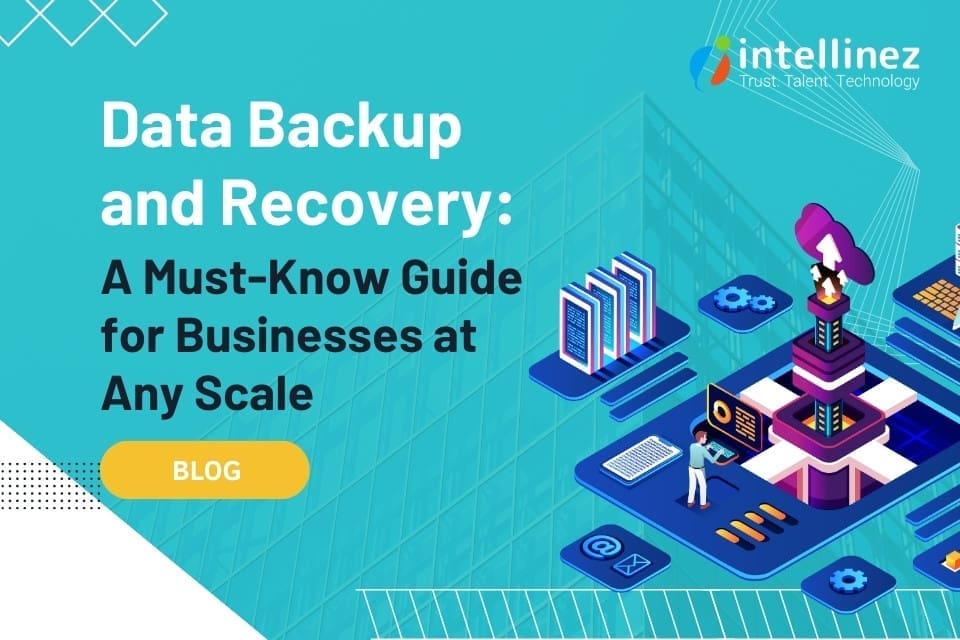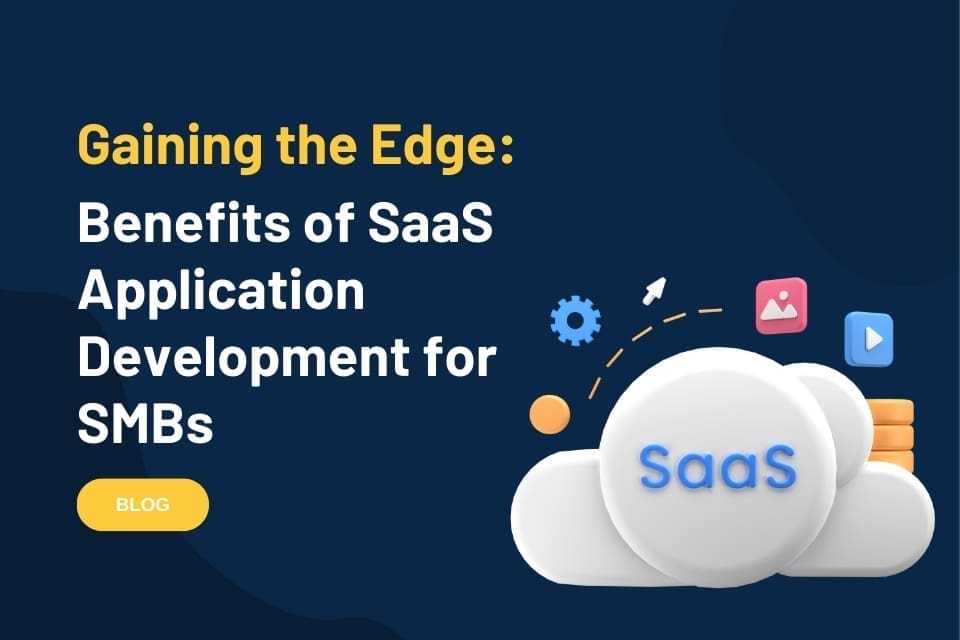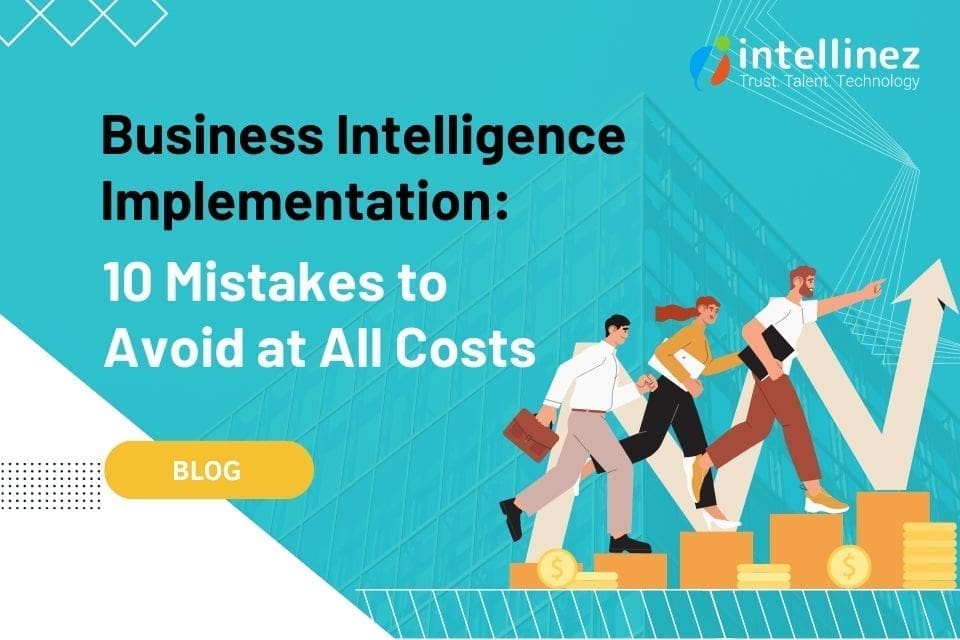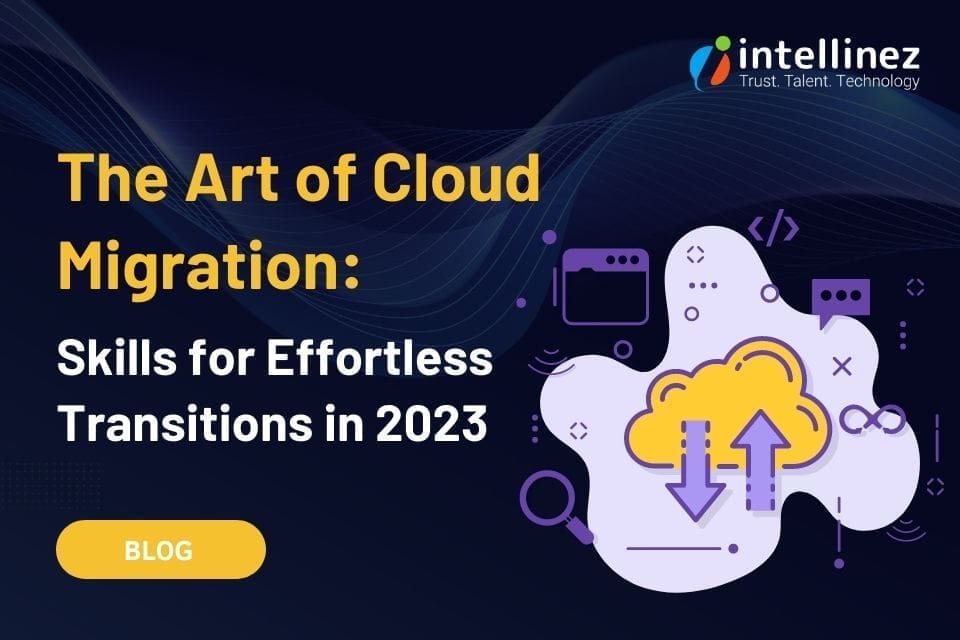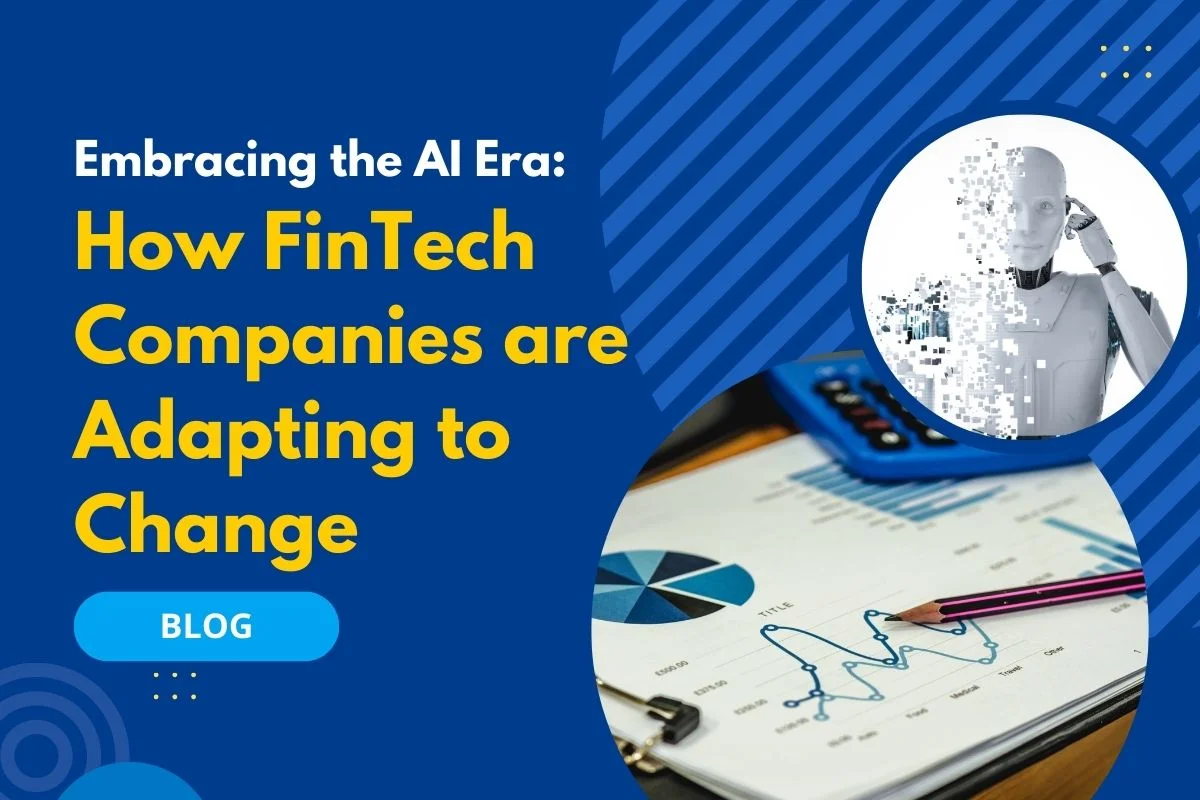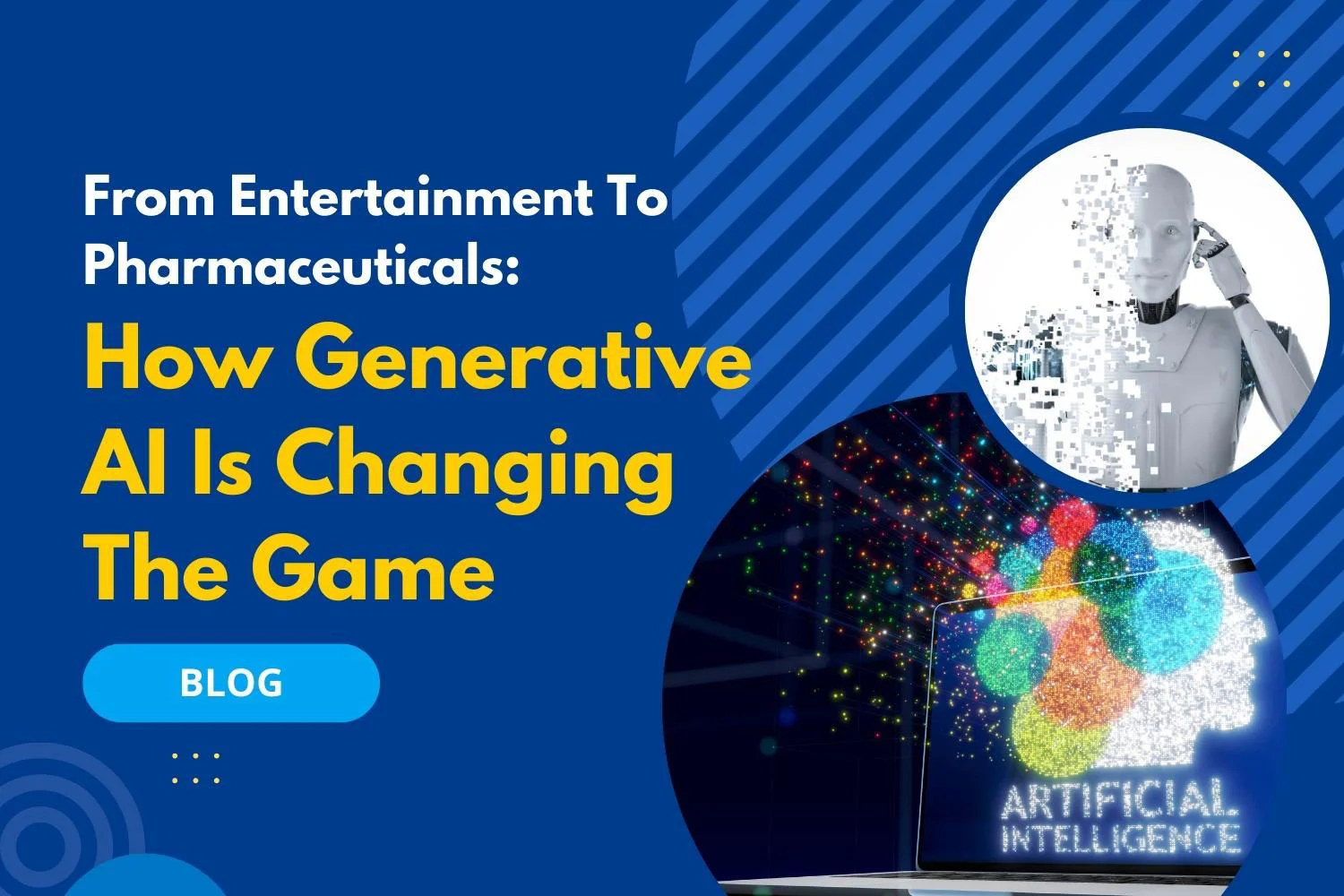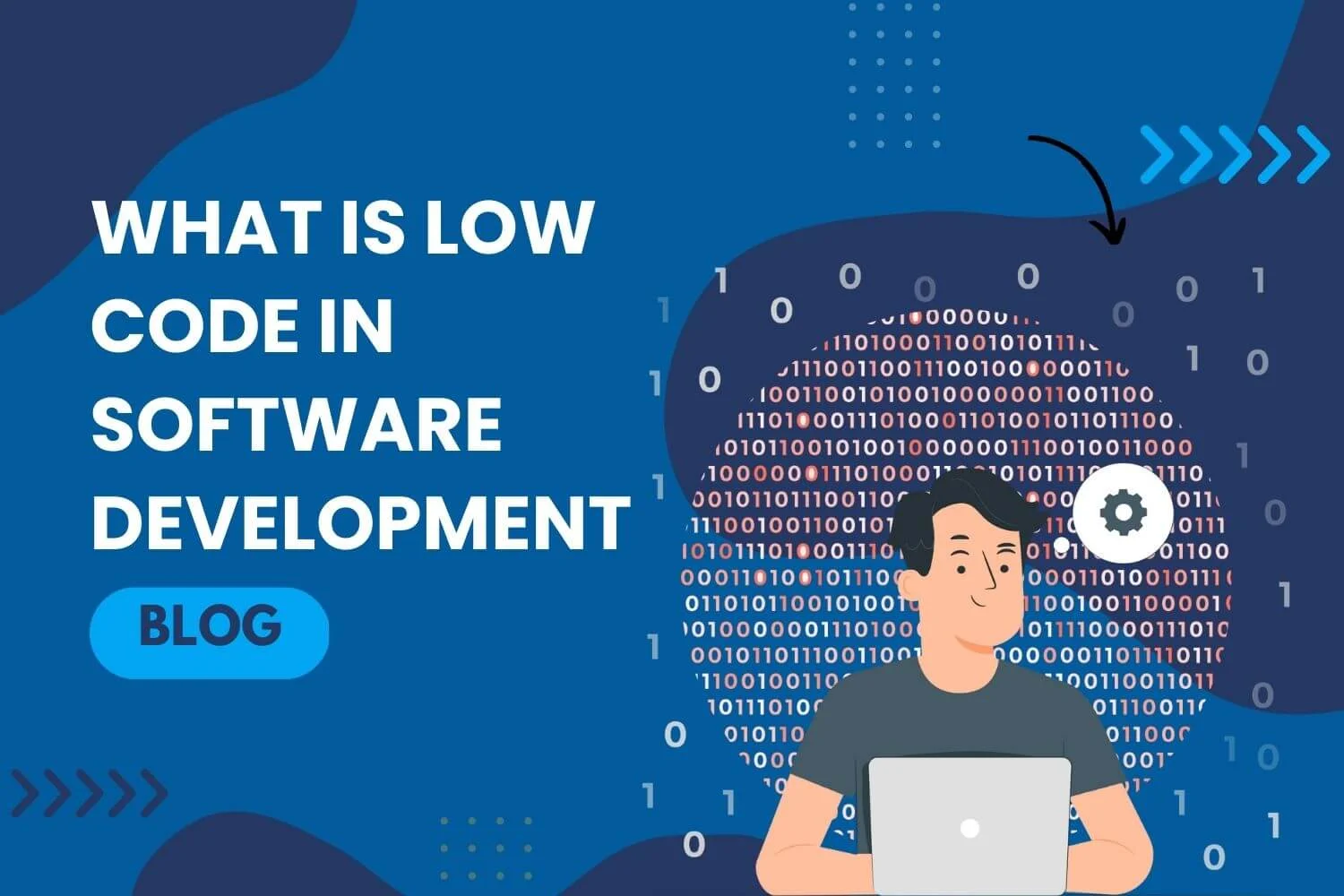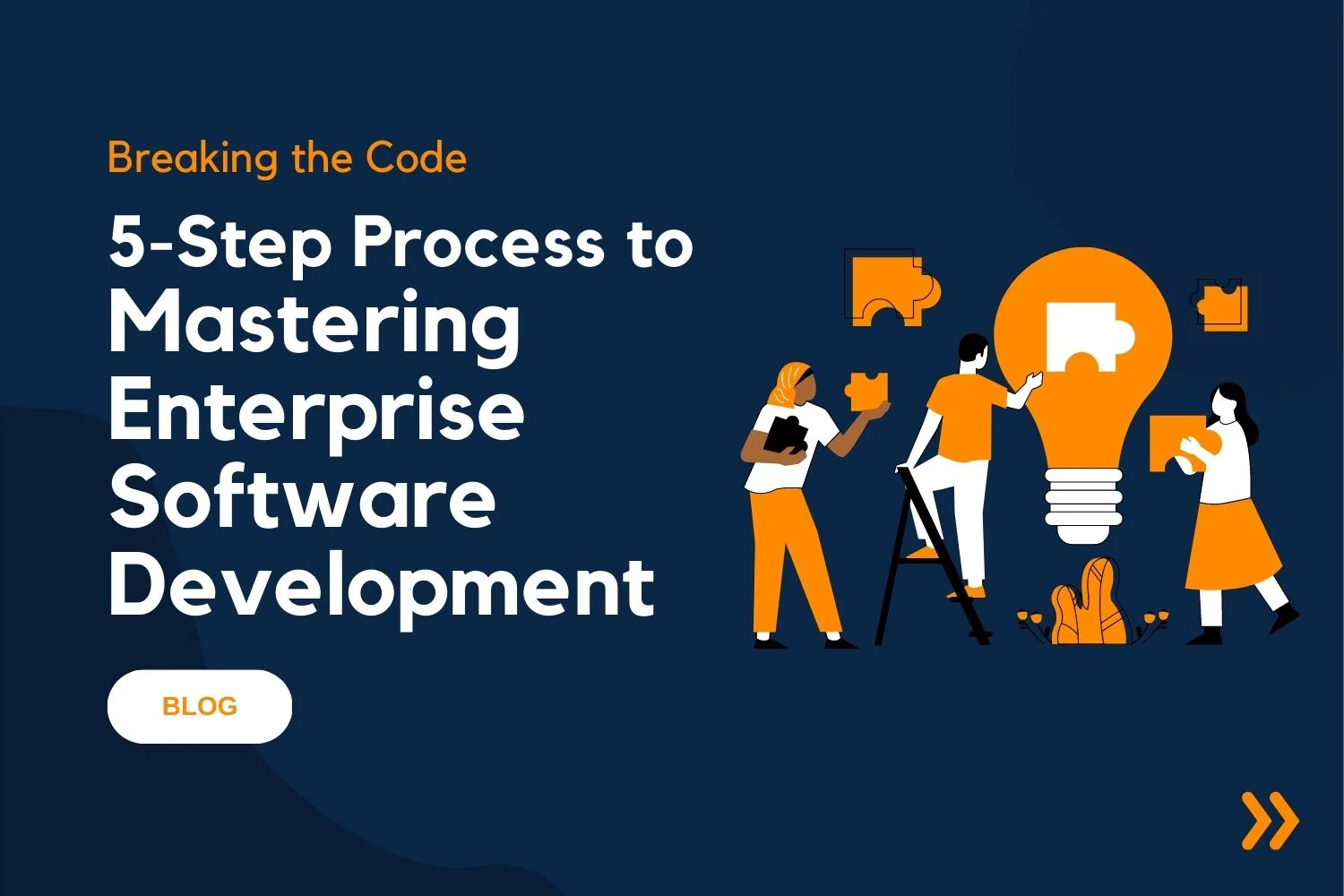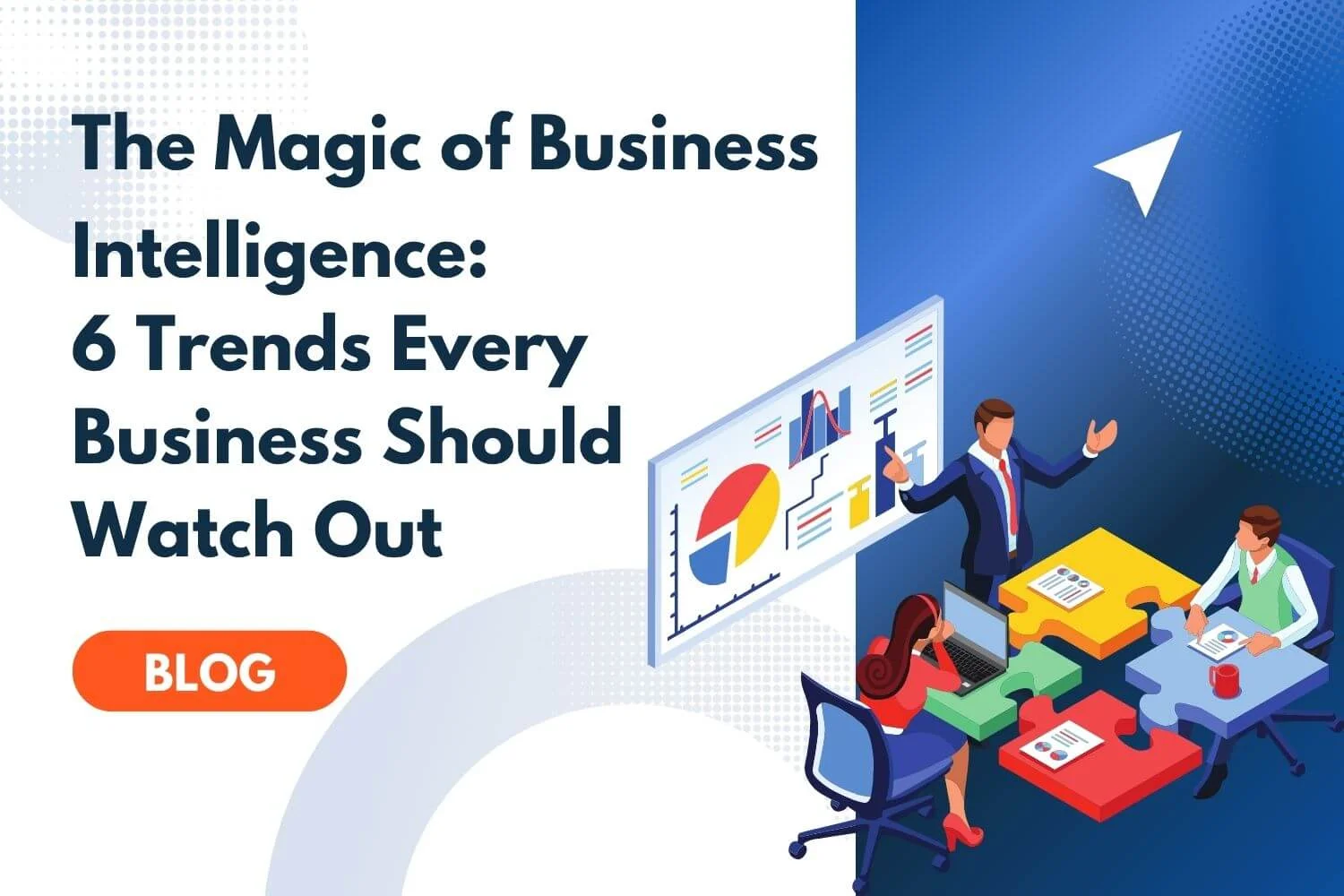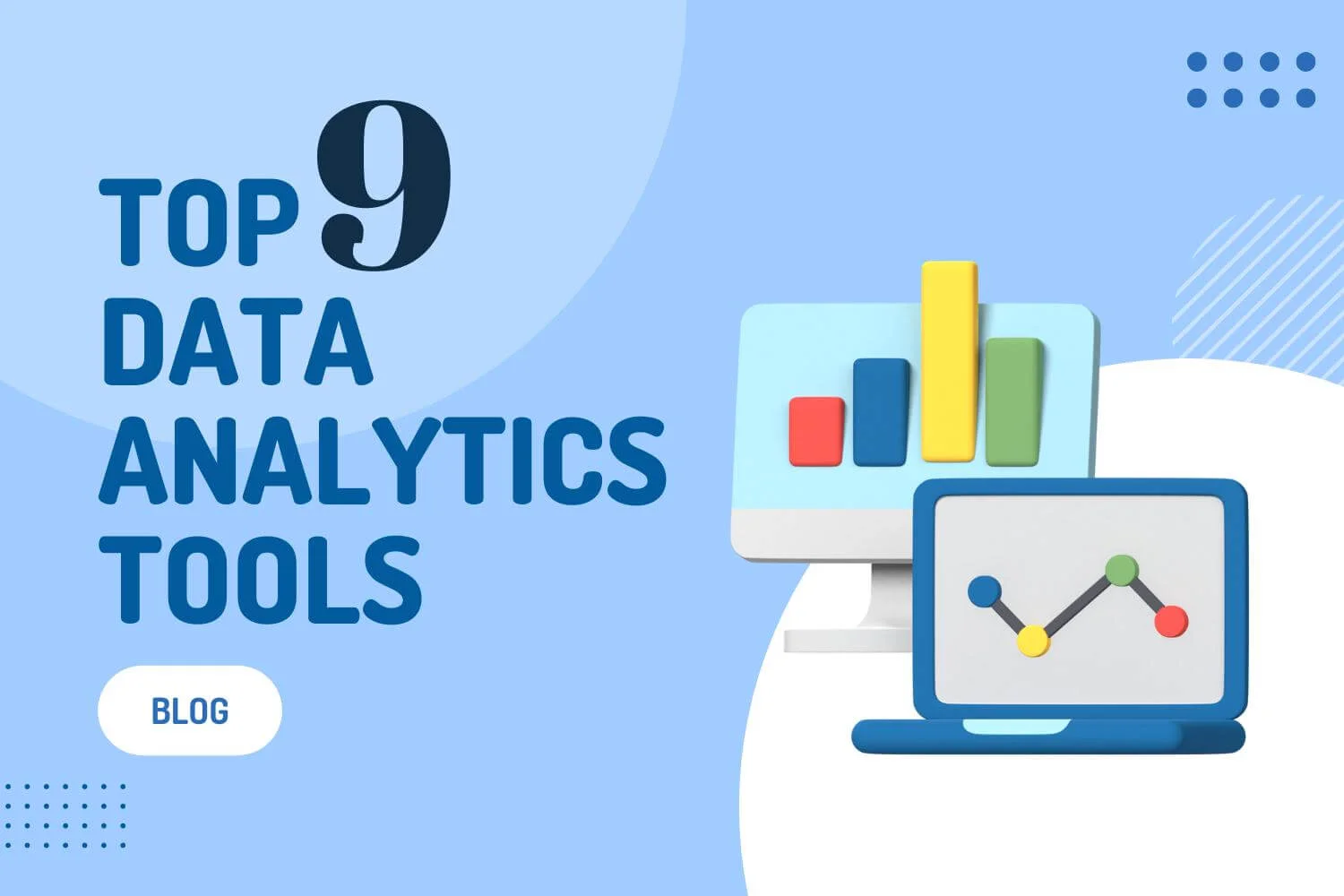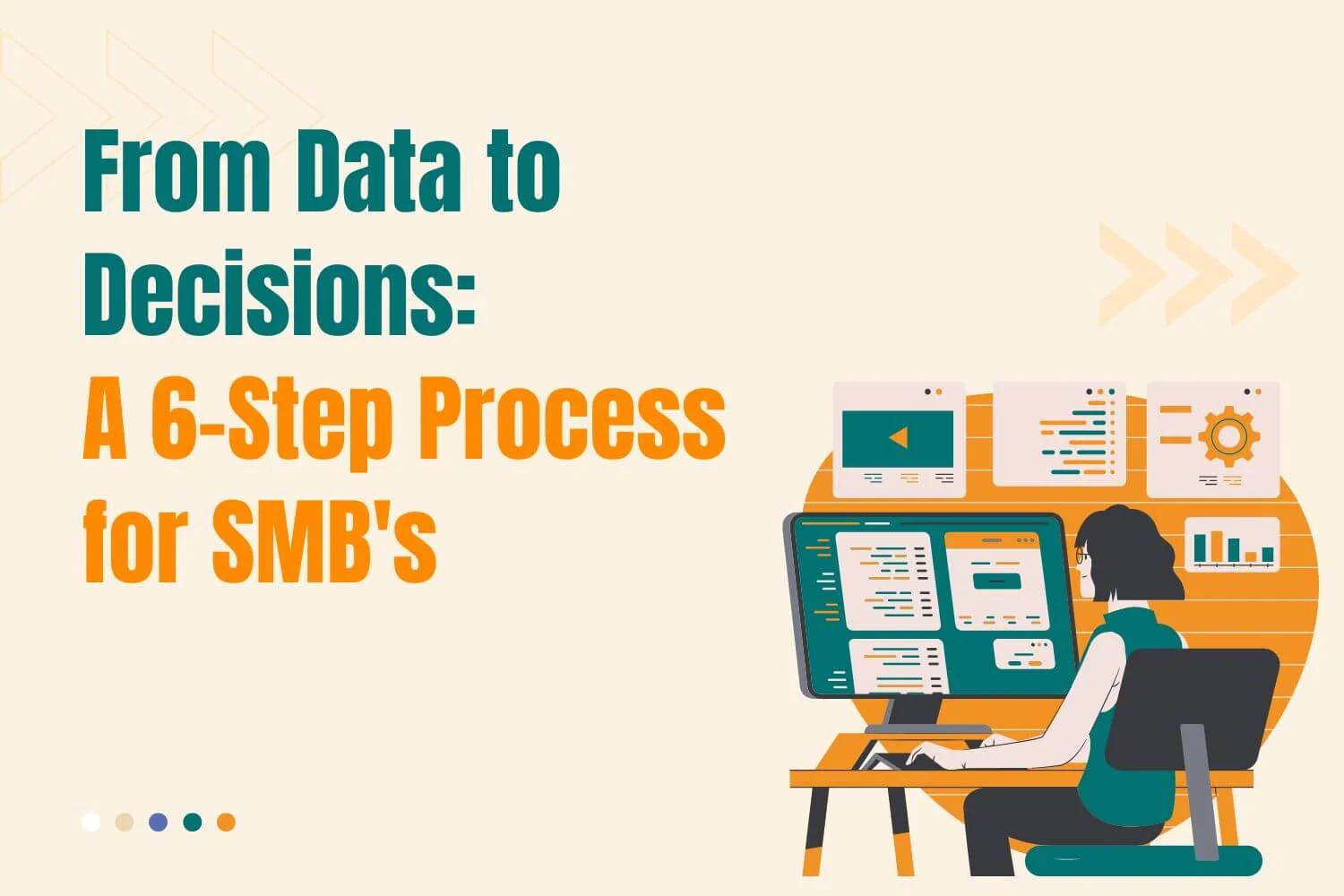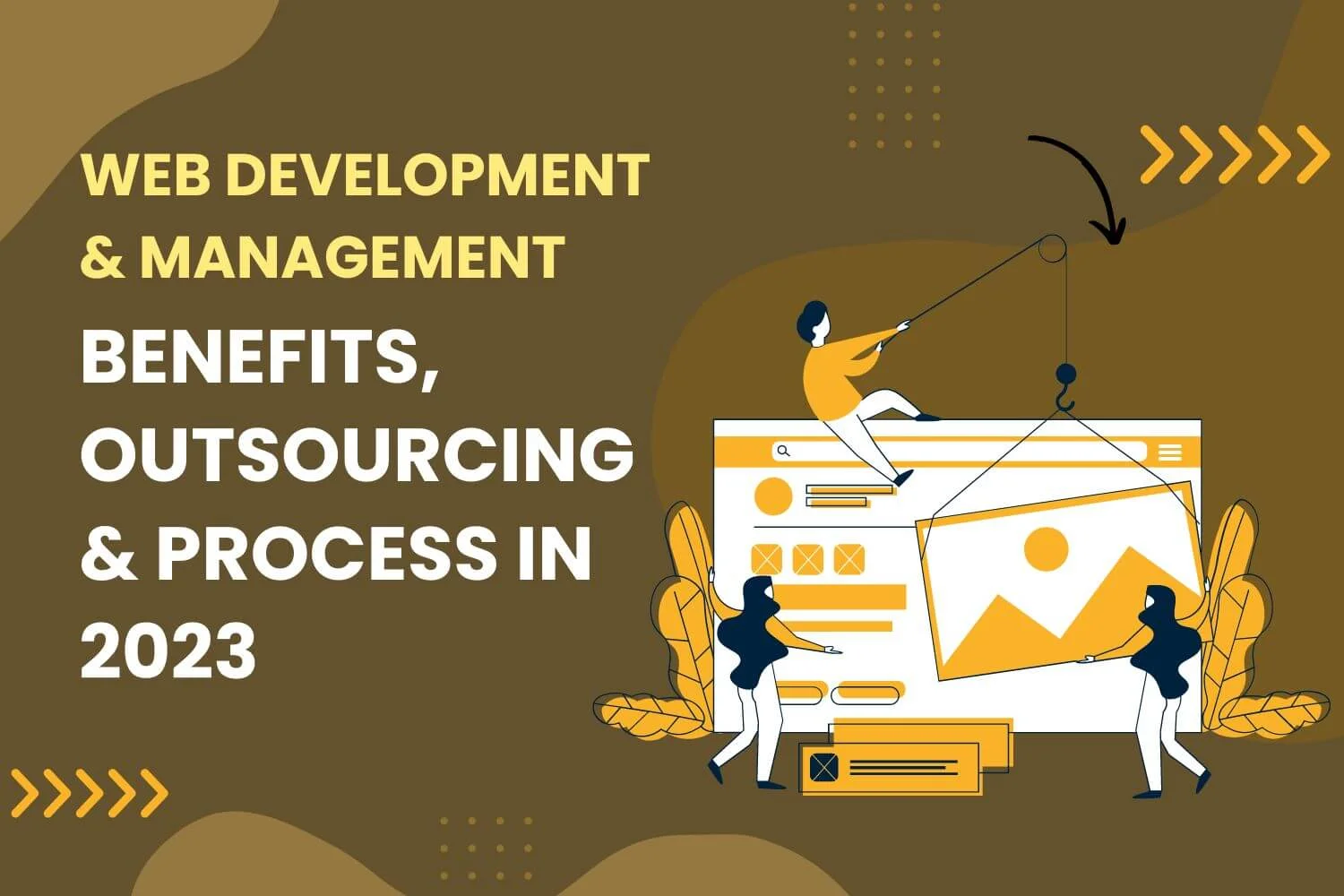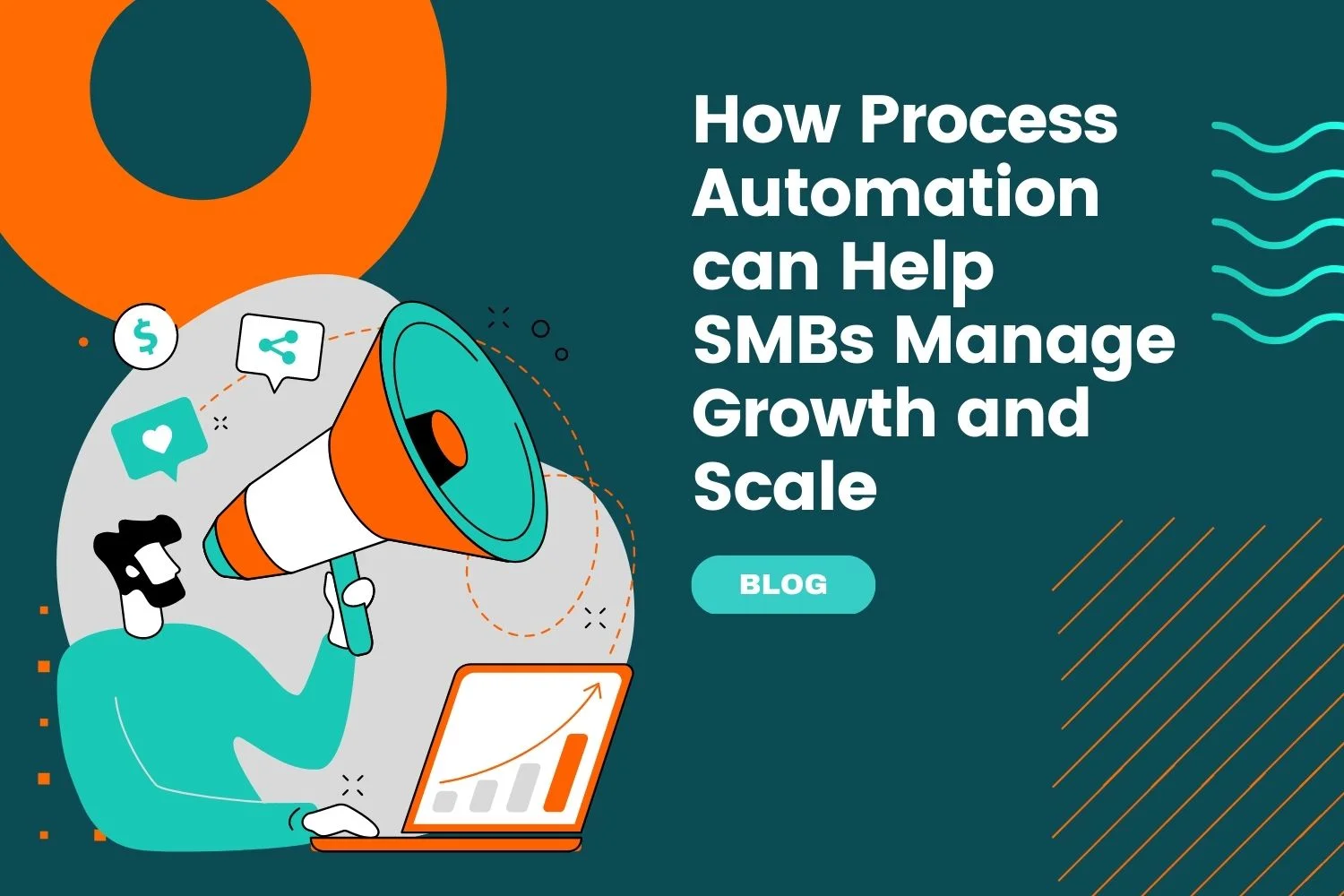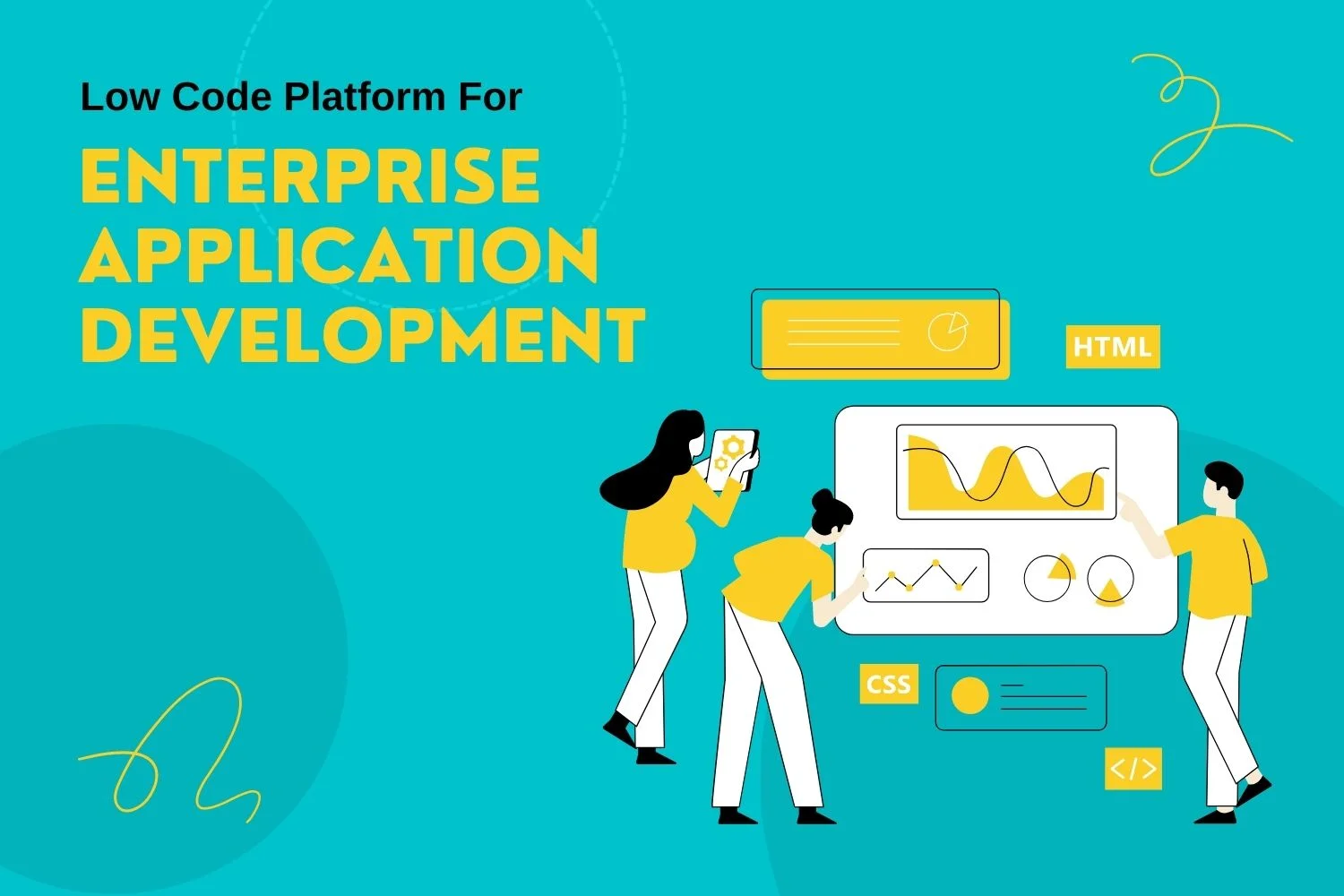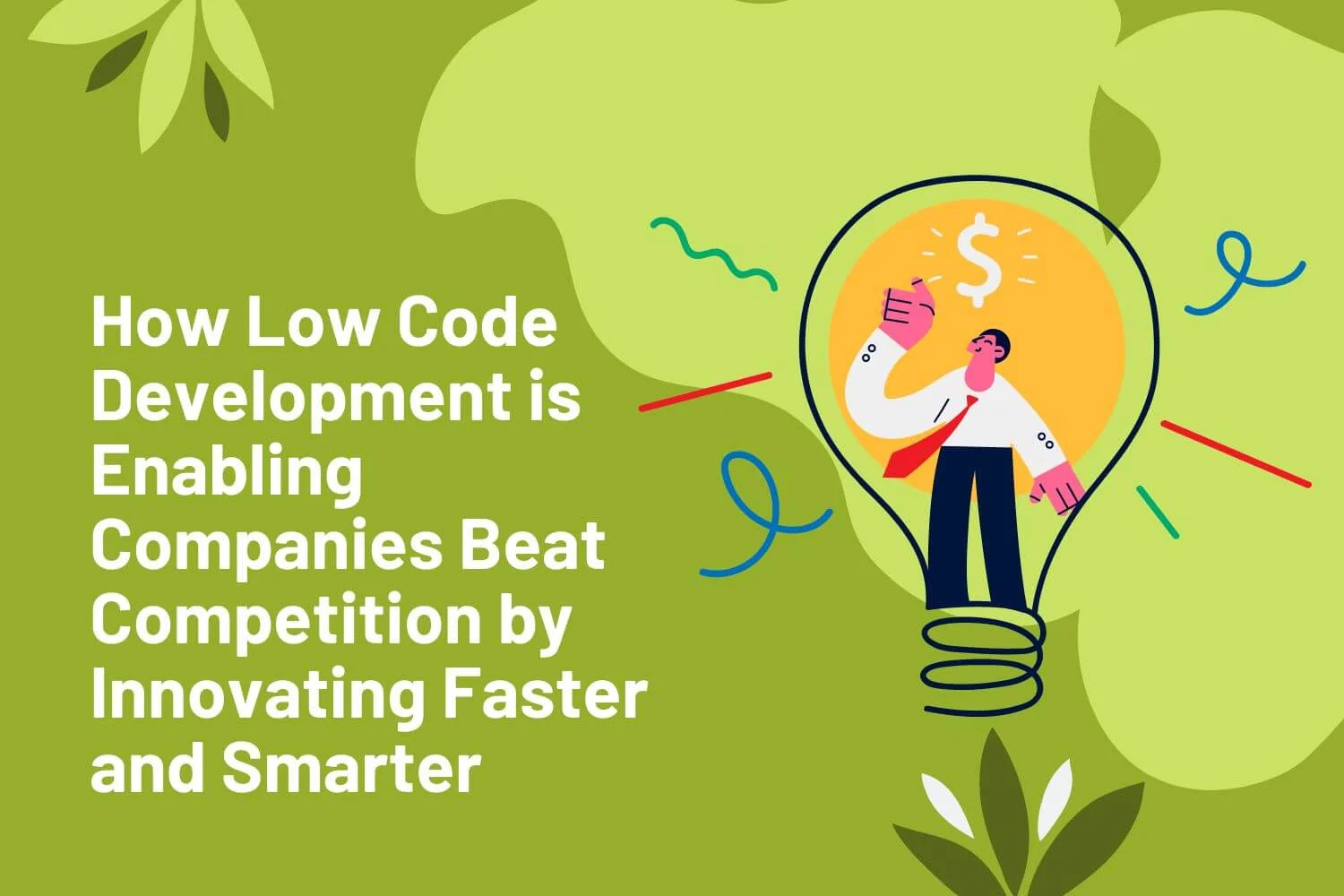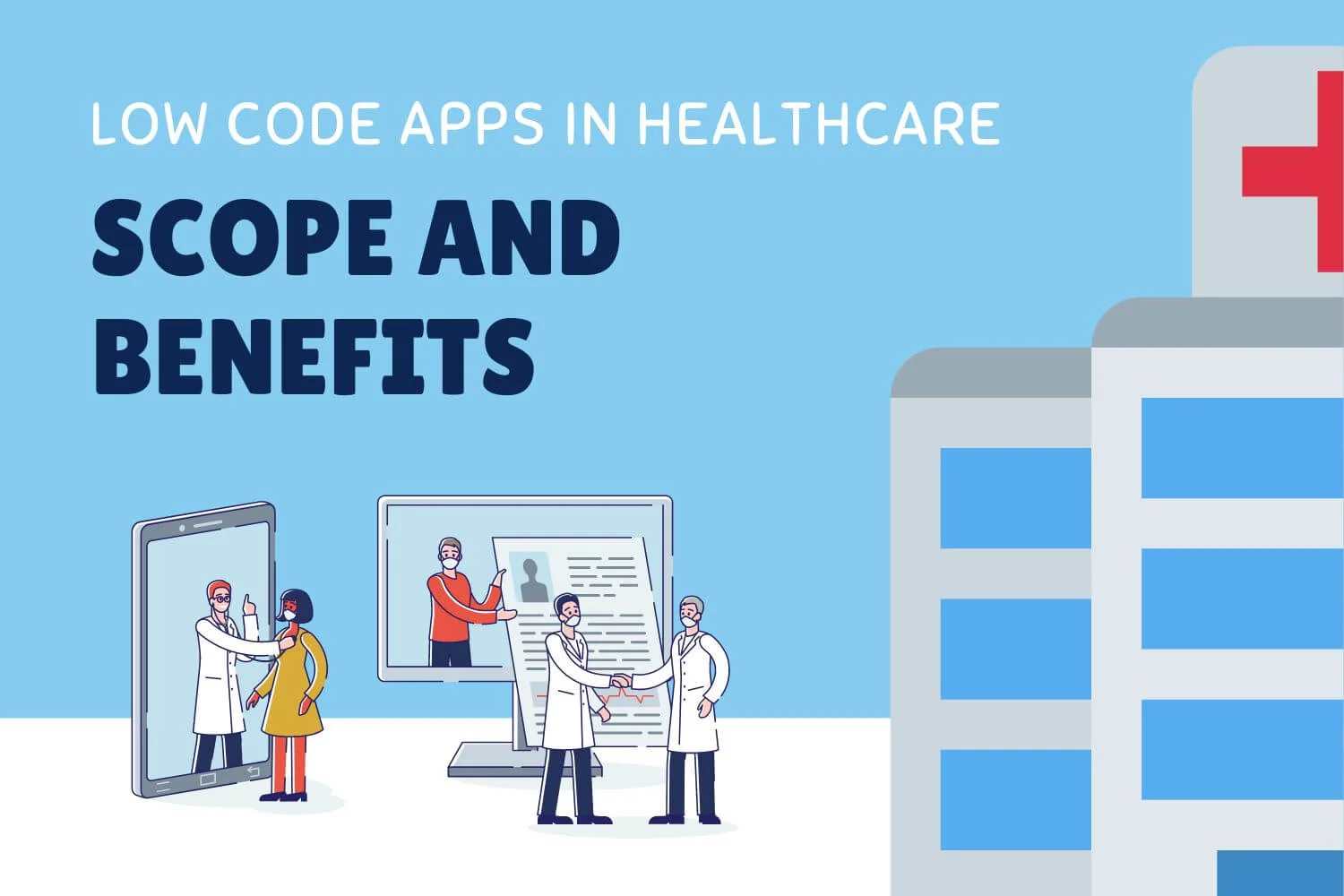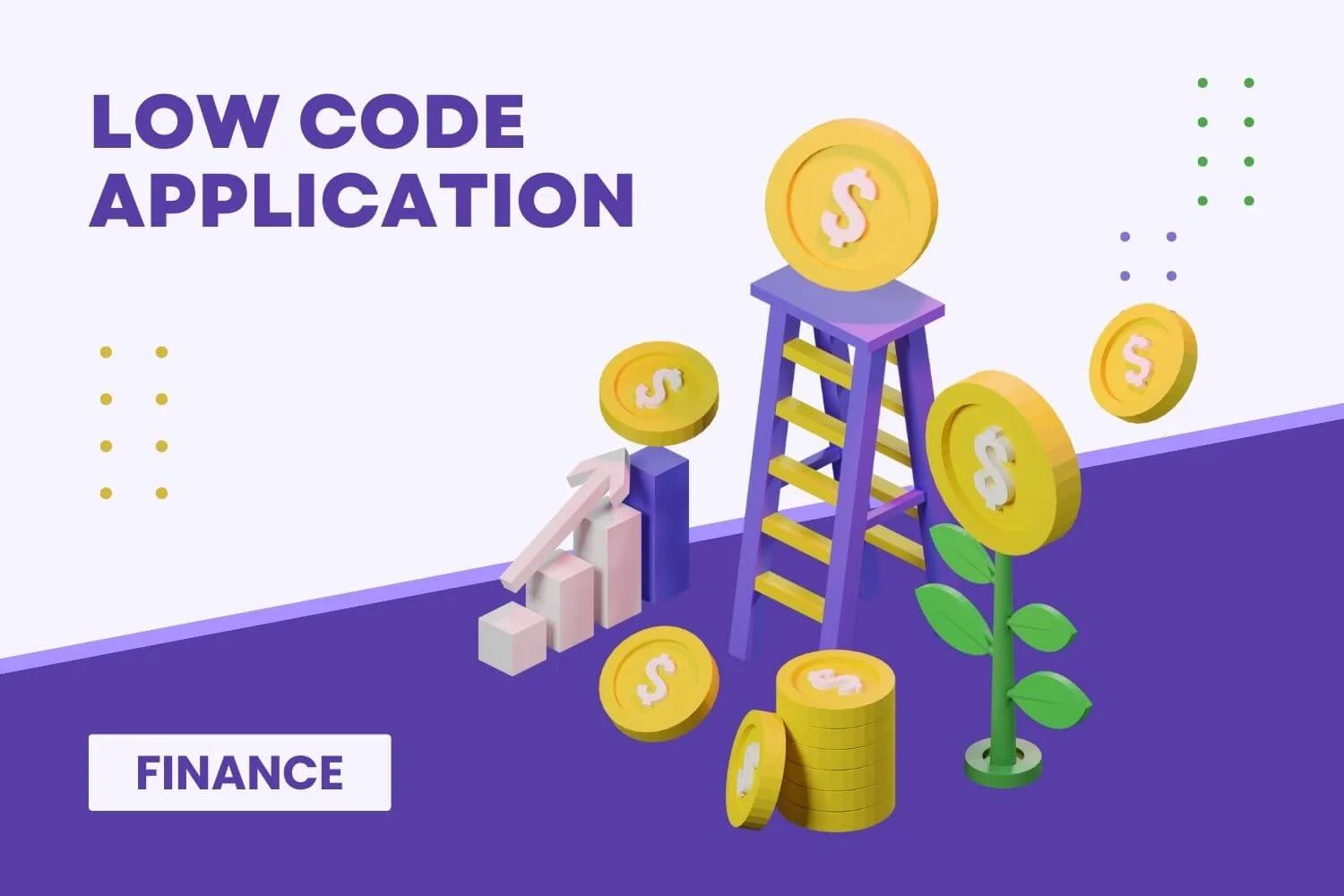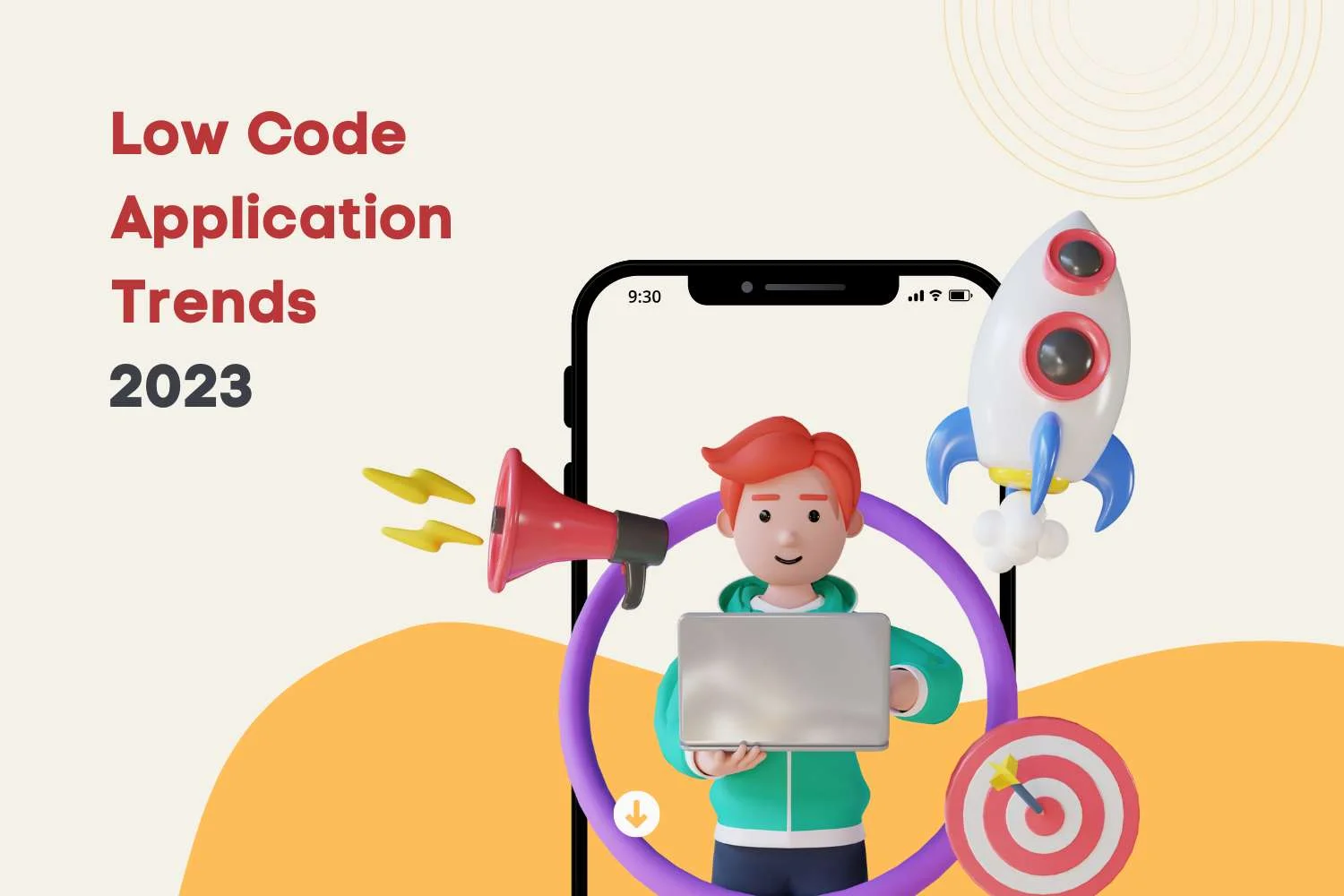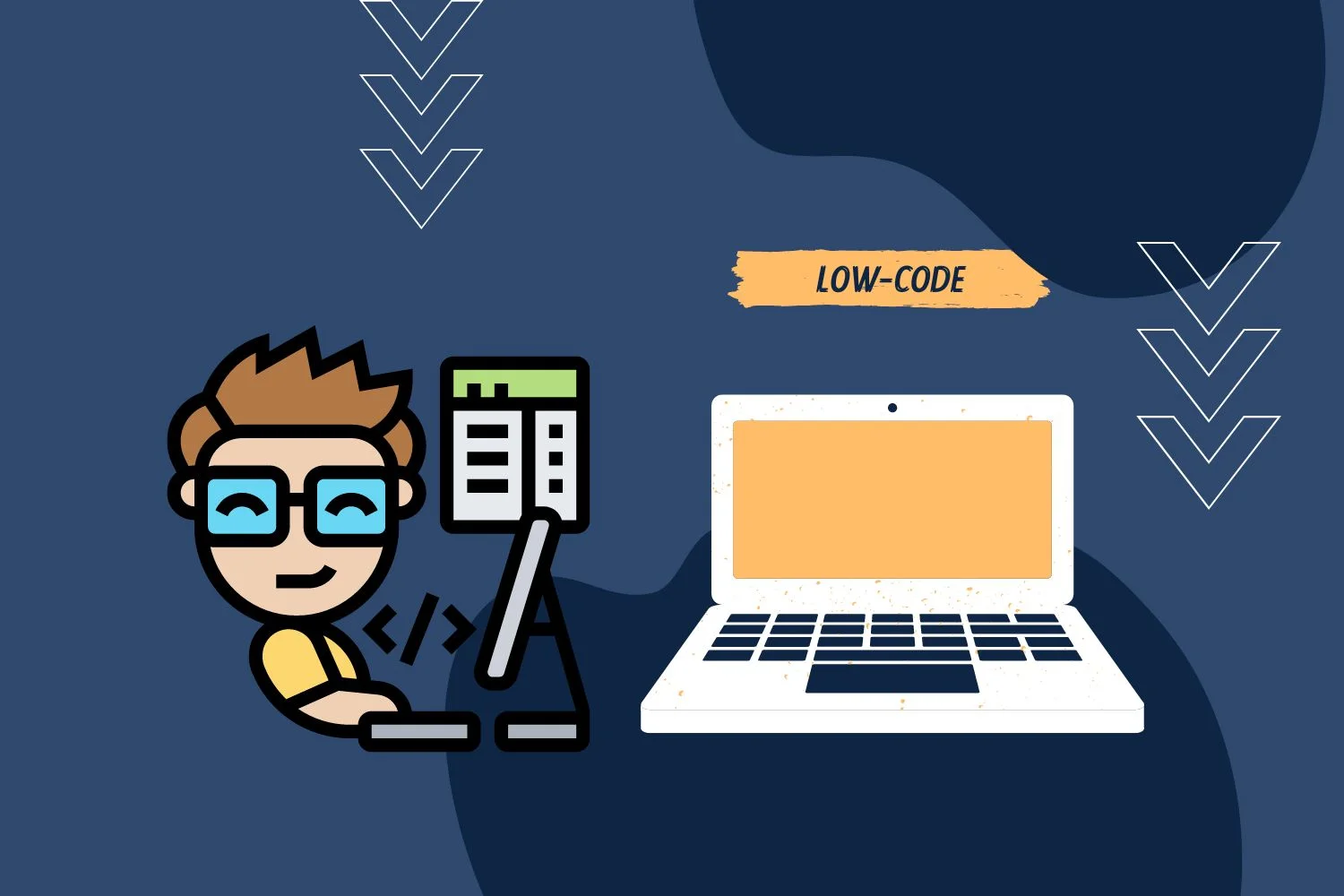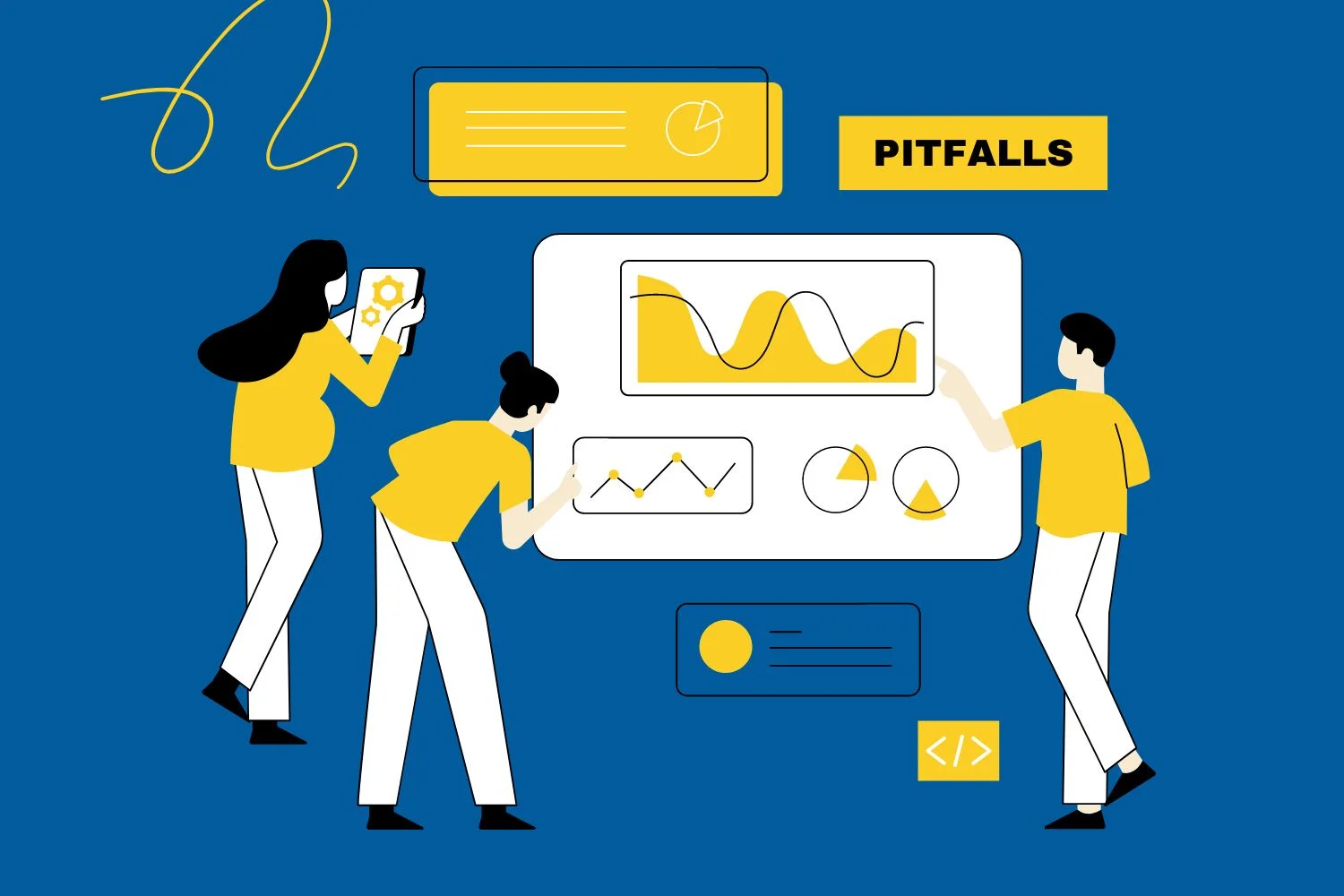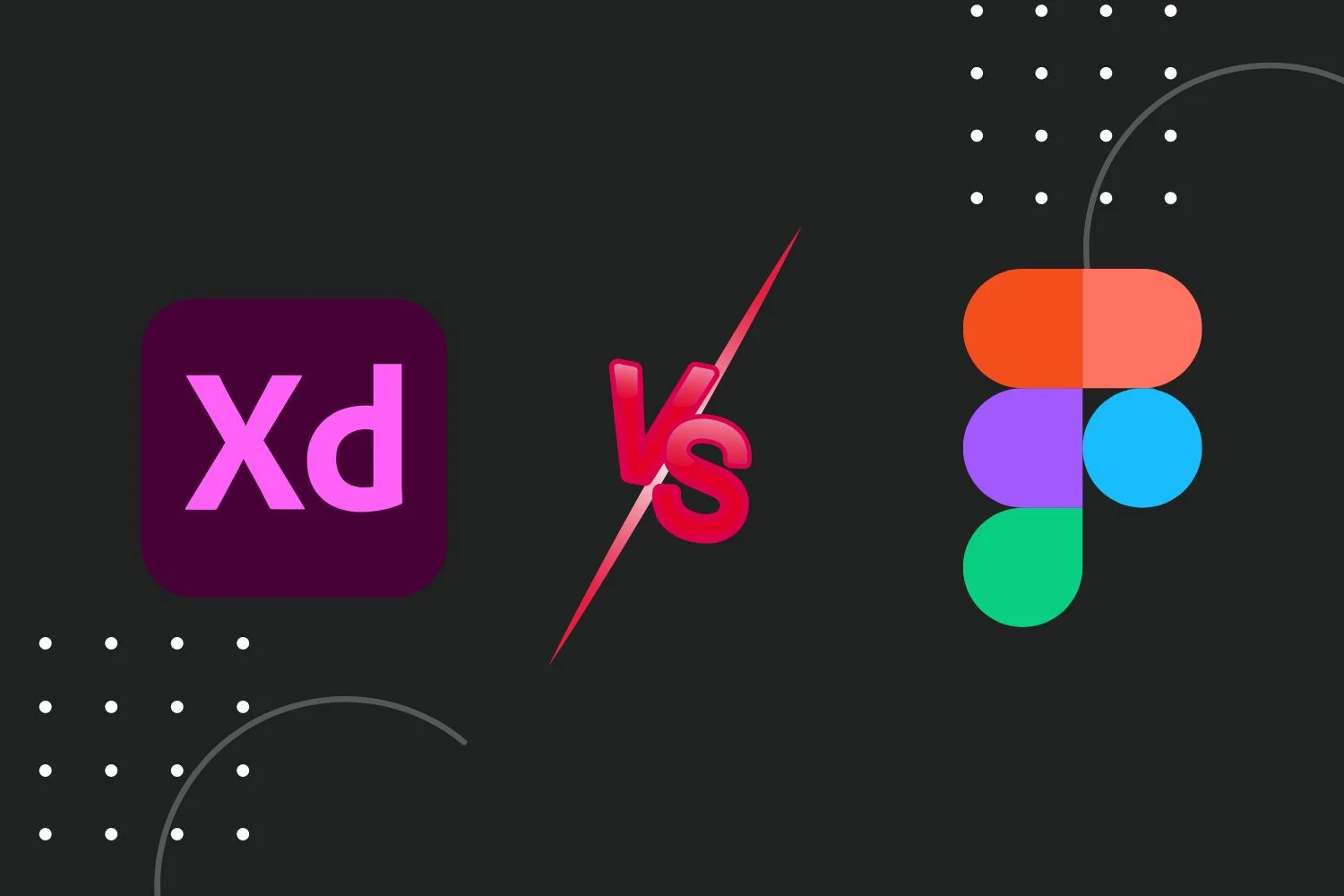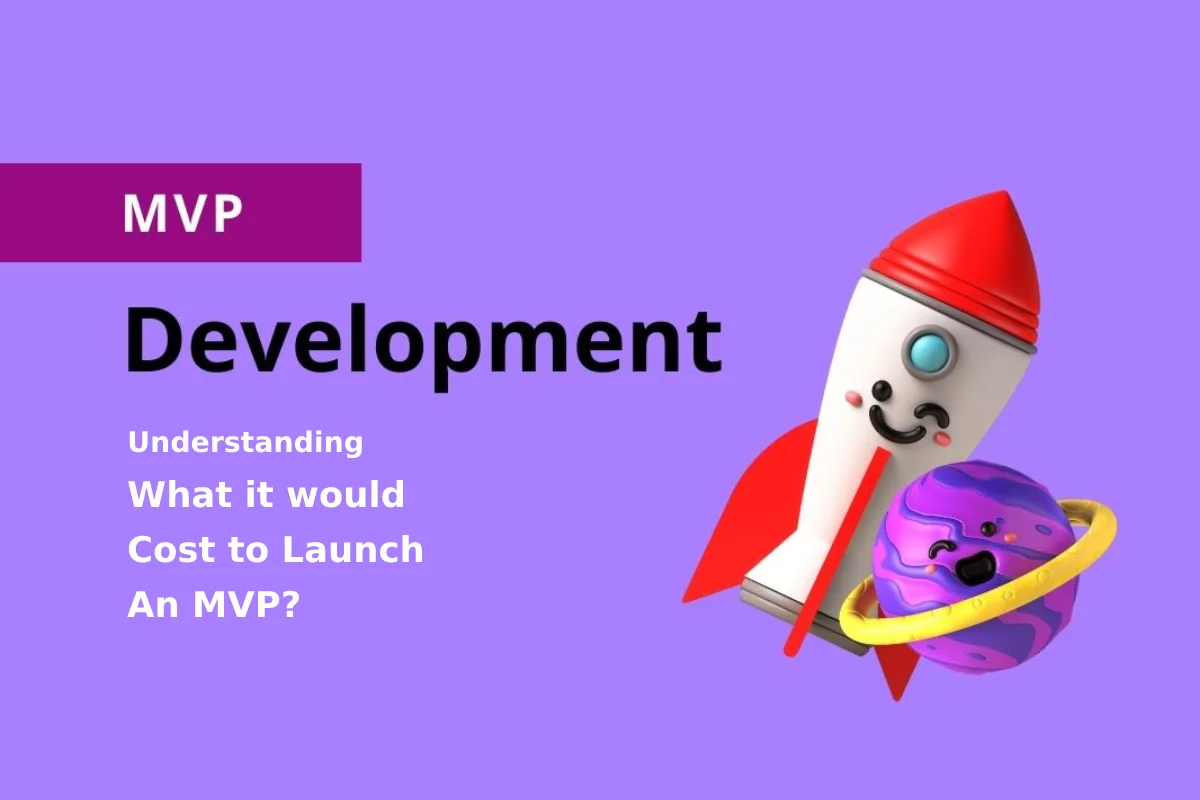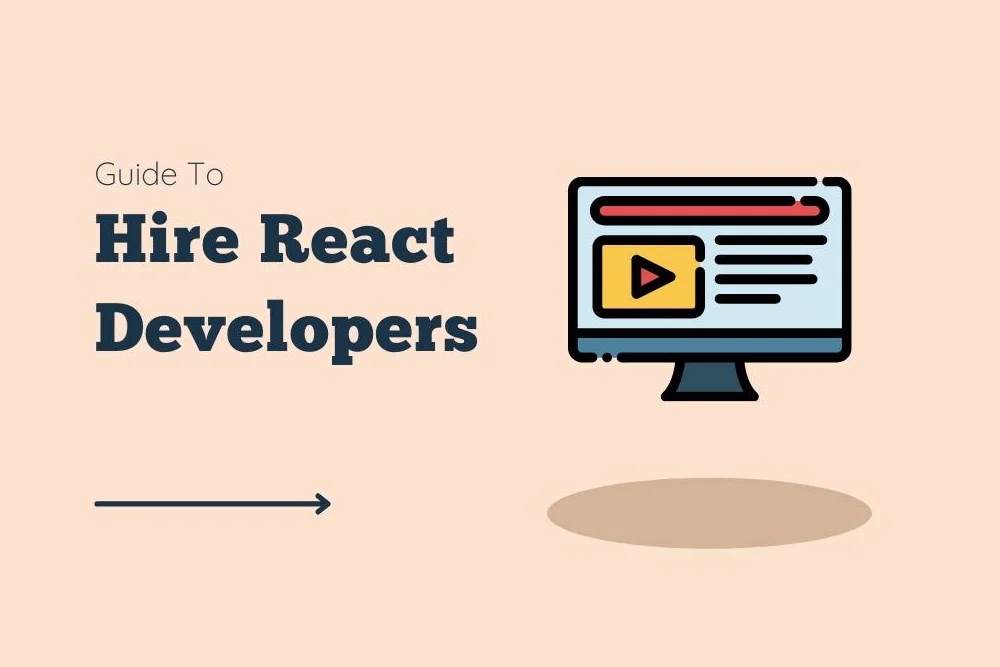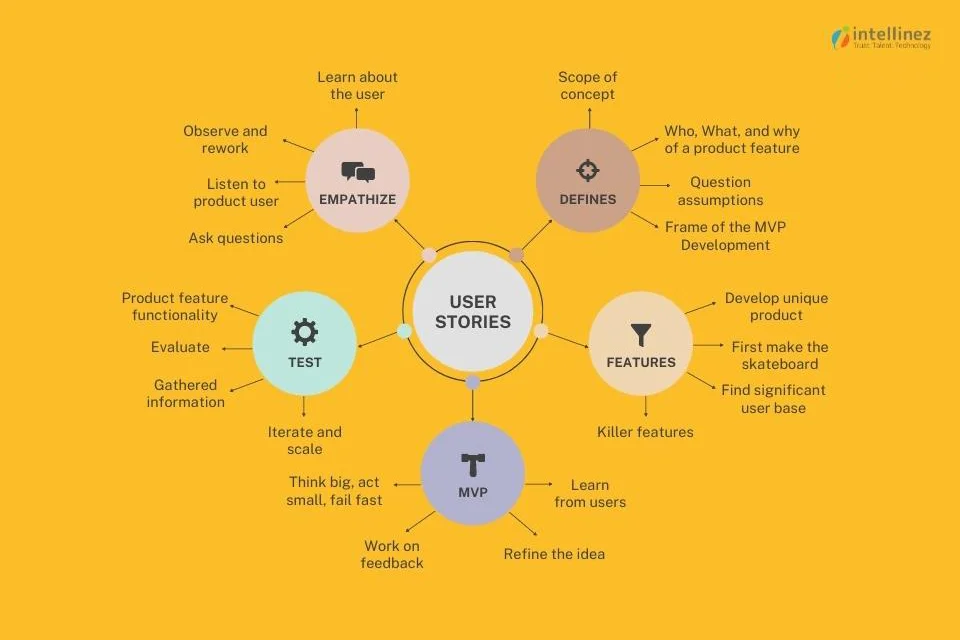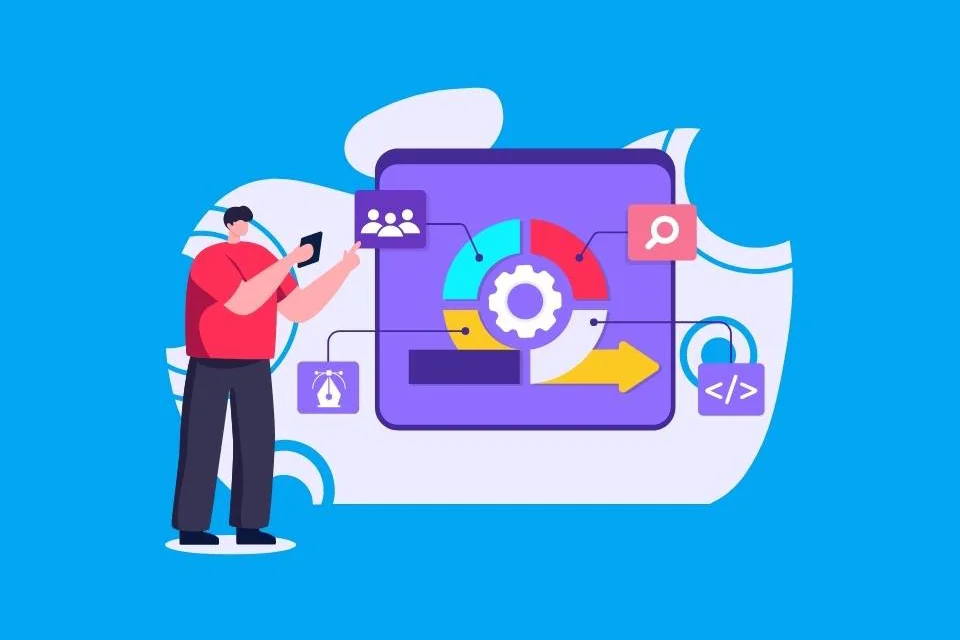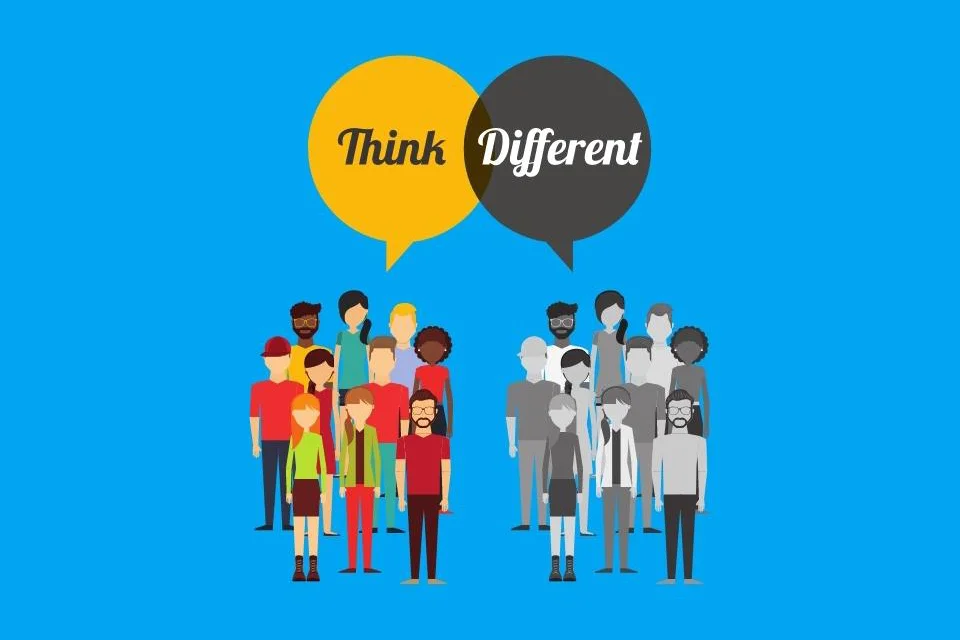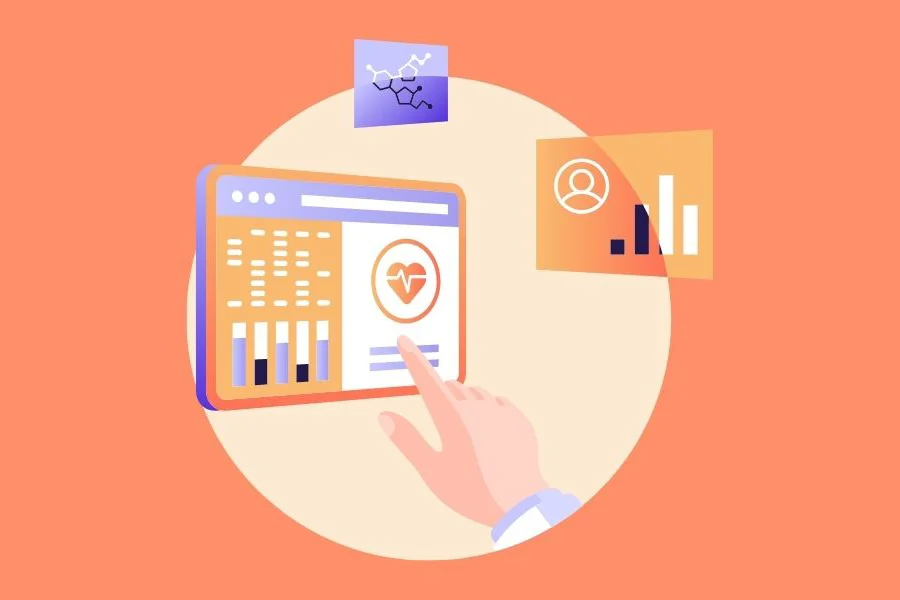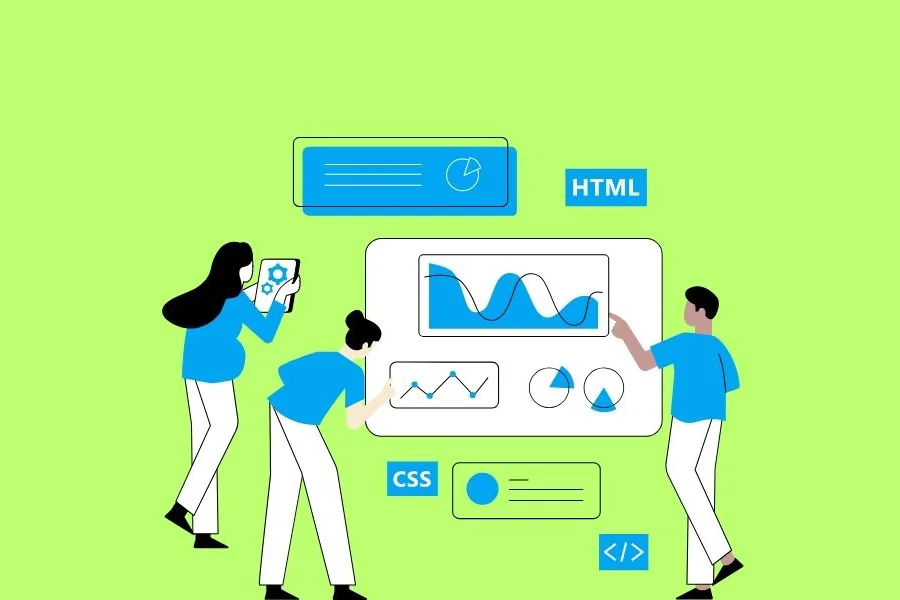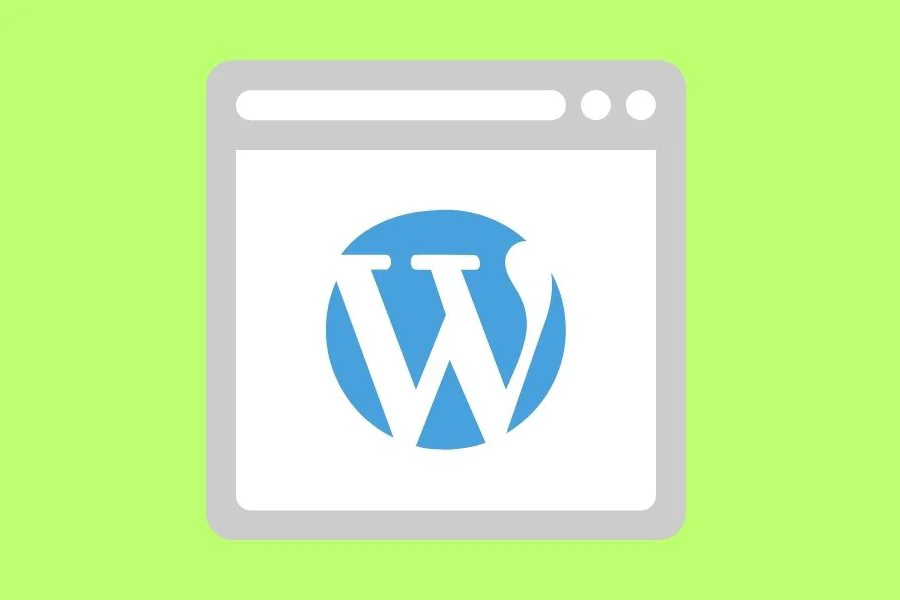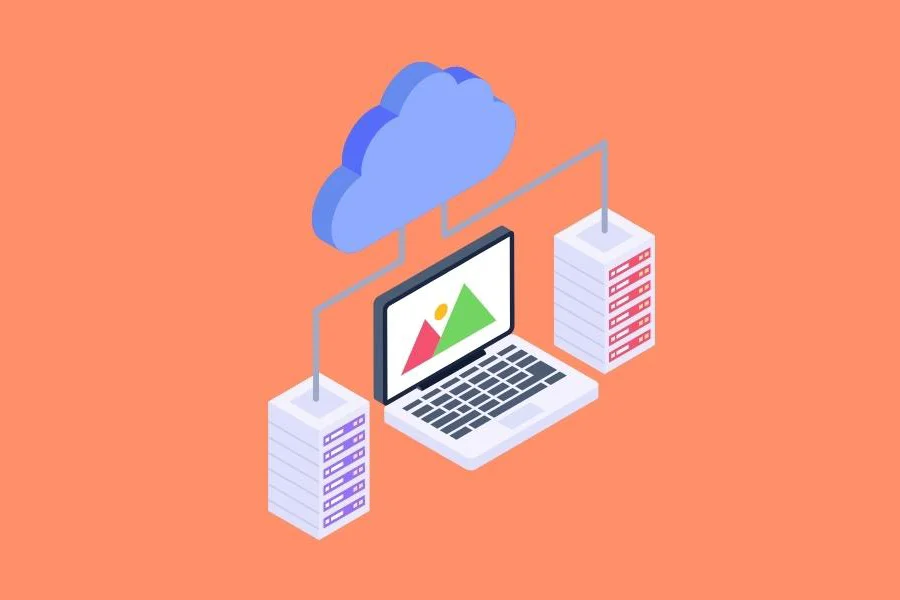In today’s rapidly evolving business landscape, the ability to learn and adapt constantly is the cornerstone of success. Whether you operate in finance, healthcare, technology, or any other industry, understanding past occurrences, current trends, and future possibilities is crucial for making informed decisions. But how do companies gain such valuable insights?
The answer lies in the world of data analytics—a transformative tool that breathes life into raw data. In a data-rich environment where companies are continuously amassing information, it is the process of data analytics that extracts meaning and value from this vast ocean of data. By analyzing raw data, patterns, trends, and profound insights specific to different facets of a business emerge, providing a comprehensive understanding of its operations.
The average company now generates 1.7MB of data per second. This means that businesses are generating an enormous amount of data that can be used to gain insights and make better decisions. Data analytics paves the way for data-driven decisions, empowering businesses and organizations to make smart choices based on evidence and solid information. It transforms ambiguity into clarity, uncertainty into foresight, and complexity into simplicity.
Within the realm of data analytics and data science, four fundamental types of data analysis play pivotal roles: Descriptive analysis, revealing the “what” of past events; Diagnostic analysis, unraveling the “why” behind occurrences; Predictive analysis, foreseeing future outcomes; and Prescriptive analysis, guiding the optimal course of action.
In this blog post, we will delve into each of these data analysis types, exploring their significance and practical applications. Whether you are a data enthusiast or a business leader seeking to harness the power of data, this blog by the experts from Team Intellinez will serve as an invaluable resource.
Four Main Types of Data Analysis Process To Know
Data analysis involves four main types: Descriptive, Diagnostic, Predictive, and Prescriptive. Each serves a unique purpose, providing valuable insights for informed decision-making.
Descriptive Analysis
Descriptive analytics focuses on past events, providing a straightforward description without exploring causality. It offers easily understandable snapshots of data. For instance, Google Analytics showcases website traffic, visitor origins, and more. HubSpot also presents engagement metrics like email opens and campaign interactions.
The main techniques in descriptive analytics are data aggregation and data mining. These methods help summarize and organize data, allowing businesses to gain a comprehensive view of their historical performance and customer interactions. While descriptive analytics sets the foundation, diagnostic, predictive, and prescriptive analytics further enhance decision-making by delving into the “why” and forecasting future outcomes.
Data Aggregation
Data aggregation involves collecting and presenting data in a concise format. For instance, an e-commerce company gathers various customer-related data, and aggregated data offers an overview—like average customer age or purchase frequency.
Data Mining
Data mining is the analysis phase where analysts explore the data for patterns and trends, visually represented with graphs or charts. Descriptive analytics simplifies vast data into a clear snapshot of past events. It serves as a foundation for further in-depth analysis, leading us to the more advanced stages of data analytics.
Real-World Application of Descriptive Analysis
Here are some examples of descriptive analysis in real-world settings:
- Netflix: Netflix uses descriptive analysis to understand its users’ viewing habits. This information helps Netflix to recommend movies and TV shows that are more likely to appeal to each user.
- Google: Google uses descriptive analysis to understand its users’ search behavior. This information helps Google to improve its search results and to target its advertising more effectively.
- Walmart: Walmart uses descriptive analysis to track sales trends, identify popular products, and optimize inventory levels.
- Target: Target uses descriptive analysis to track customer shopping habits and to target its marketing campaigns more effectively.
- The Weather Channel: The Weather Channel uses descriptive analysis to track weather patterns and to provide more accurate forecasts.
- Uber: Uber uses descriptive analysis to track rider demand and to optimize the allocation of drivers.
- Lyft: Lyft uses descriptive analysis to track rider demand and to optimize the allocation of drivers.
Diagnostic Analysis
Diagnostic analytics goes beyond describing past events to understand the reasons behind them, making it a powerful tool for problem-solving and identifying opportunities. When faced with a data anomaly, like a sudden drop in sales, diagnostic analysis comes into play. Analysts delve deeper, seeking additional data sources to uncover root causes.
For instance, discovering that customers abandoned purchases at the address form stage reveals a technical issue. Moreover, diagnostic analytics doesn’t solely focus on troubleshooting; it also uncovers positive drivers, such as a celebrity’s Instagram endorsement leading to a significant traffic surge. Techniques like probability theory, regression analysis, filtering, and time-series analysis aid in this exploration.
Diagnostic analytics empowers businesses to optimize processes, refine strategies, and capitalize on successful endeavors. By understanding the “why” behind data trends, organizations can make data-driven decisions that lead to continuous improvement and growth.
Real-World Application of Diagnostic Analysis
Here are some examples of diagnostic analysis in real-world settings:
- Amazon: Amazon uses diagnostic analysis to understand customer behavior, analyze shopping patterns, and optimize its product recommendations and supply chain management.
- Nike: Nike leverages diagnostic analysis to assess marketing campaign effectiveness, consumer response to product launches, and sales trends to refine its marketing strategies.
- Apple: Apple employs diagnostic analysis to analyze customer feedback, identify issues with products, and enhance product performance and user satisfaction.
- Coca-Cola: Coca-Cola utilizes diagnostic analysis to understand consumer preferences, optimize marketing campaigns, and analyze sales trends in different regions.
- Facebook: Facebook employs diagnostic analysis to analyze user engagement, understand content preferences, and improve user interface and algorithmic recommendations.
- Microsoft: Microsoft utilizes diagnostic analysis to analyze software performance, identify bugs, and enhance user experience across its range of products.
- Toyota: Toyota employs diagnostic analysis to analyze manufacturing data, optimize production processes, and ensure product quality and safety.
Prescriptive Analysis
Predictive analytics aims to forecast future events based on past patterns and trends, allowing businesses to plan ahead strategically. Data analysts create predictive models, estimating the likelihood of future outcomes. These models utilize correlations between variables; for instance, predicting sales drops during summer based on seasonality and sales figures. Armed with predictive insights, businesses can tailor promotional campaigns or allocate resources accordingly. For example, a restaurant owner can use predictive analytics to anticipate takeaway orders on Saturday nights, ensuring sufficient staff is available.
Additionally, predictive analytics includes classification, where algorithms like logistic regression predict binary outcomes. For instance, a credit card company can classify customers as “likely to default” or “unlikely to default,” helping identify creditworthy candidates efficiently. Through predictive analytics, businesses gain valuable foresight, enhancing decision-making and overall performance.
Machine learning (ML)
Machine learning, a subset of predictive analytics, involves creating models that automatically evolve by recognizing patterns in data to make accurate predictions. While human-led predictive analytics and machine learning have similarities, they differ in how they handle data analysis. Predictive analytics is valuable for forecasting future outcomes, reducing guesswork, and aiding crucial business decisions by building on past events and patterns to anticipate what lies ahead. Although no prediction can be entirely precise, predictive analytics significantly enhances decision-making processes.
Real-World Application of Prescriptive Analysis
Here are some examples of prescriptive analysis in real-world settings:
- Starbucks: Starbucks employs prescriptive analysis to optimize store locations, layout designs, and product offerings based on customer preferences and local demographics.
- Tesla: Tesla utilizes prescriptive analysis to optimize its autonomous driving algorithms, enhancing vehicle safety and performance.
- IBM: IBM uses prescriptive analysis in its Watson AI platform to assist businesses in making data-driven decisions and optimizing processes across various industries.
- Delta Air Lines: Delta uses prescriptive analysis to optimize flight schedules, crew assignments, and maintenance activities, ensuring efficient operations and a seamless travel experience for passengers.
- Hilton Hotels & Resorts: Hilton utilizes prescriptive analysis to optimize room rates, promotions, and guest services to maximize revenue and guest satisfaction.
- FedEx: FedEx employs prescriptive analysis to optimize its delivery routes and transportation networks, reducing delivery times and enhancing overall logistics efficiency.
- Procter & Gamble: P&G uses prescriptive analysis to optimize its product supply chains, ensuring products are available in the right quantities at the right locations.
Predictive Analysis
Prescriptive analytics goes beyond understanding what happened in the past and why, by also anticipating future outcomes to prescribe the best course of action. This advanced form of analysis is complex, involving algorithms, machine learning, statistical methods, and computational modeling. By considering all possible decision patterns and their likely consequences, prescriptive models enable organizations to evaluate the impact of various choices on their future. This empowers decision-makers to make well-informed choices to capitalize on opportunities and mitigate potential issues.
An illustrative example of prescriptive analytics in action is the use of maps and traffic apps like Google Maps. When determining the optimal route from point A to B, the app considers various transportation modes, current traffic conditions, and potential roadworks to calculate the best path. Similarly, prescriptive models aid companies in evaluating numerous potential “routes” to achieve their goals, guiding them toward the most favorable option.
Prescriptive analytics provides a significant advantage for organizations across industries, enabling them to make strategic decisions with the highest likelihood of success. With its capability to integrate past, present, and future insights, prescriptive analytics plays a crucial role in driving efficient and effective business operations.
Real-World Application of Predictive Analysis
Here are some examples of predictive analysis in real-world settings:
- Airbnb: Airbnb utilizes predictive analysis to forecast accommodation demand in specific locations, allowing hosts to optimize pricing and availability.
- Zillow: Zillow uses predictive analysis to estimate property values and forecast housing market trends.
- Target: Target employs predictive analysis to predict customer shopping behavior and send targeted promotions and offers.
- Ford: Ford uses predictive analysis to improve vehicle safety by predicting potential failure points in its cars and trucks.
- American Express: American Express employs predictive analysis to identify potential fraudulent transactions and prevent credit card fraud.
- Tesla: Tesla uses predictive analysis to optimize battery performance and range, enhancing the efficiency and driving experience of their electric vehicles.
- Fitbit: Fitbit employs predictive analysis to provide users with personalized health and fitness recommendations based on their activity and biometric data.
Conclusion
Data analysis empowers businesses with informed decisions through four main types: Descriptive, Diagnostic, Predictive, and Prescriptive. Understanding past events, identifying causes, predicting outcomes, and prescribing actions, these analytical techniques drive success in customer behavior insights, operational efficiency, and marketing strategies, ensuring adaptability and growth in a dynamic landscape.
Empower your business growth with our expert data analysts
Our expert team of data analysts is equipped with cutting-edge tools to uncover valuable insights, optimize operations, and make data-driven decisions that drive success. From market trends to customer behavior, our tailored data analysis solutions will empower your business for growth. Partner with us today and unlock your data’s full potential!
Soumya Mishra
Technology Leader proficient in engineering and execution of enterprise-level IT projects and providing support services on the same. Possesses the ability to set functional and technical strategies, converting them to an achievable plan of action, and driving them to realize and achieve customer success. Passionate leader believing in leading by example, possessing strong problem-solving skills and a can-do attitude. Adept at handling cross-functional teams across the globe and motivating them to achieve outstanding and sustainable results to meet organizational goals and objectives! Guiding Quote – “Every job is a self-portrait of the person who did it, Autograph your work with excellence”







































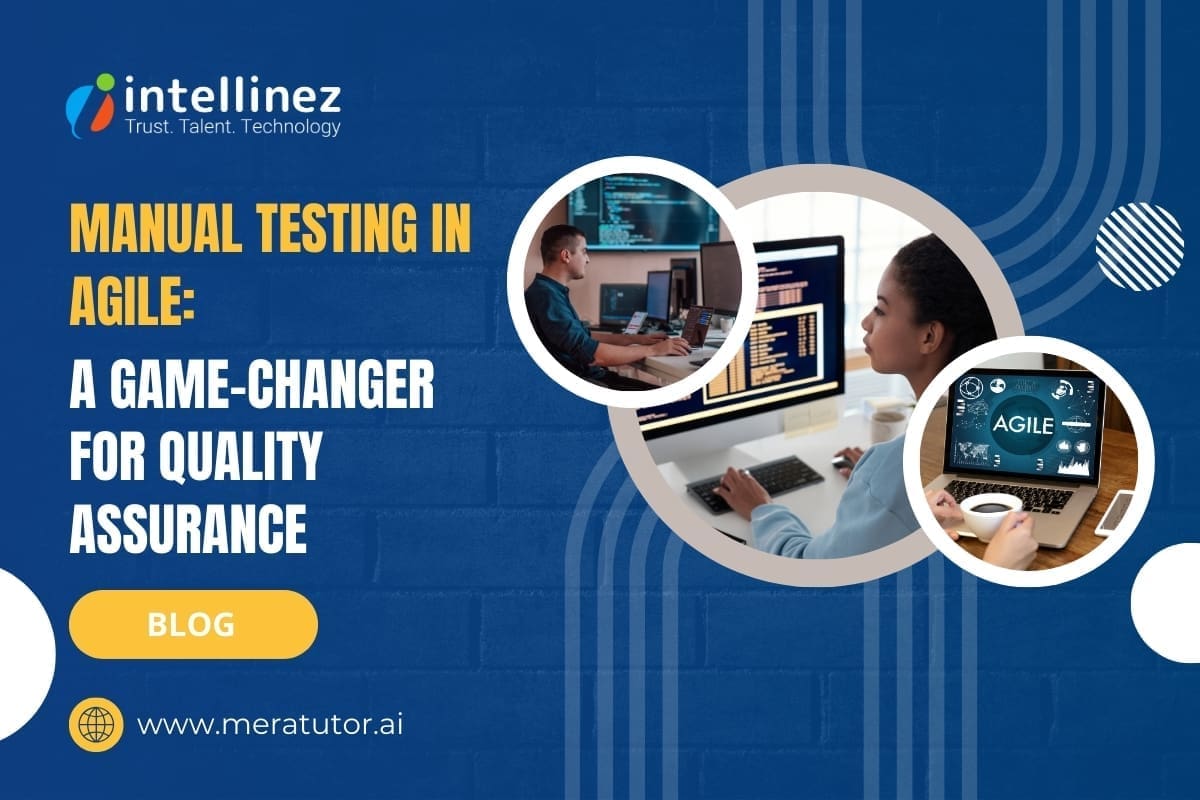




![A Comprehensive Guide to AWS SaaS Architecture [Diagram Included] 89 Aws SaaS Architecture](http://www.intellinez.com/wp-content/uploads/2024/08/Title-image.jpg)













